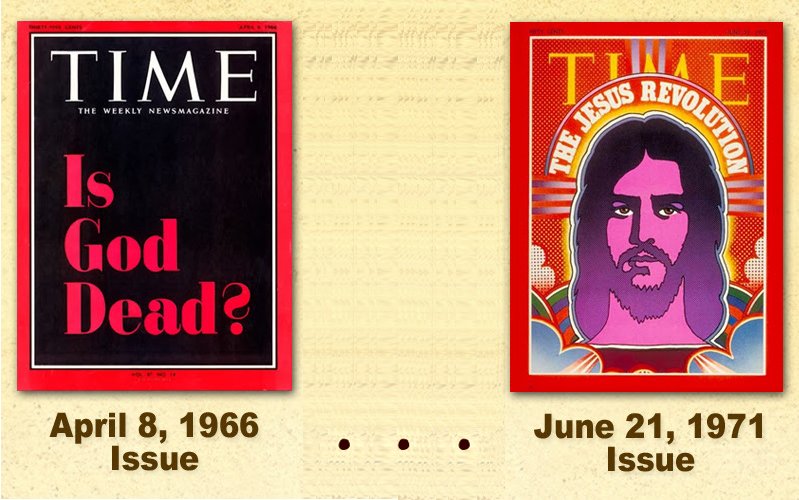We sing it, but do we really mean it?
/The question could no doubt be asked of almost every hymn sung down through the many years of Christian gatherings. Do we really mean the powerful words we sing along to? Sometimes we know about the author and his or her inspiration, but most of the time we don’t.
Does it really matter so long as the words ring true in our spirits, draw us closer to God, or whatever other reason you might give for just why you really like to sing that particular song? It probably doesn’t, but some of those extra-special hymns do indeed hold within them an extra-special touch of the Master Creator.
Take, for one, ‘Amazing Grace’. Most of us who love and love to sing that old faithful favorite do indeed know at least something of the trials the hymn-writer, John Newton, went through before putting the words to paper. Once captain of a British slave-trading ship, his route to writer of that amazing hymn was both tortuous and treacherous, and well-worth the finding out if you’re not familiar with his story.
How about the old evergreen ‘I have decided to follow Jesus’? More supremely powerful words helping us connect to our supremely powerful Lord, but unlike with ‘Amazing Grace’, few know about the writer or the inspiration behind the words.
What we do know for certain is that it originated in the Assam region of northeastern India in likely the 1930s, and soon made its way around the globe. All versions of its origins have the same astonishing story as the backbone.
A Garo couple in traditional dress (Wikipedia)
Apparently in the mid-19th century. some missionaries (inspired by revival in Wales) came to Assam to proclaim the gospel among the Garo people, a Tibeto-Burmese ethnic group considered by outsiders as bloodthirsty savages. The hills they roamed were covered with impenetrable jungle, and the climate so deadly it was considered impossible for white people to survive there. The determined missionaries visited nonetheless, and among the first converts was a Garo man named Nokseng, along with his family. The family’s faith proved contagious and many villagers began to accept Christianity. The incensed village chief summoned all the villagers. He then called the family who had first converted to renounce their faith in public, or face execution.
Moved by the Holy Spirit, Nokseng replied, “I have decided to follow Jesus. No turning back.”
Furious, the chief ordered his archers to shoot the two boys.
“Now give up your faith,” he ordered Nokseng. “You have lost both your children, and I will kill your wife next.”
“Though none go with me, still I will follow Jesus,” Nokseng replied. “No turning back.”
Further enraged, the chief ordered his archers to kill the wife, and when she was dead, he turned to Nokseng.
“If you don’t renounce Jesus, you will die, too.”
“The cross before me, the world behind me. No turning back,” Noksung reportedly declared.
The chief’s archers shot the man where he stood. The chief, deeply moved by the man’s faith, could not fathom what had just happened.
“Why should this man, his wife and two children die for a man who lived in a far-away land on another continent some 2,000 years ago?” he wondered. “There must be some supernatural power behind the family … and I too want that supernatural power!”
In a spontaneous confession of faith, he declared, “I too belong to Jesus Christ!” When the crowd heard this from the mouth of their chief, the whole village accepted Christ as their Lord and Savior.
While how exactly those words were formed into a hymn can’t be known for certain, the two most credible stories credit either Simon Marak or Sundar Singh. Simon Marak, a Garo pastor, schoolteacher, and missionary from Assam is probably the most likely composer. Yet some credit the renowned Indian missionary Sundar Singh, formerly Sikh, who, combining the lifestyle of an ascetic ‘holy man’ with the devotion of a Christian visionary, became for many a symbol of authentically Indian Christianity
“What was it about Sundar Singh that inspired many Indian and European Christians? Like Paul, he claimed that his conversion came through a vision of Christ and that he traveled to the ‘third heaven’ in ecstasy. Like [St.] Francis, he imitated Christ's life of poverty, wandering, and preaching. And like Christ himself, he taught in parables and suffered persecution.
“Yet in the Indian context that shaped Sundar Singh's Christianity, all these aspects of exemplary Christian religious life had strong parallels in Indian traditions. The sadhu or ‘holy man’ renounces worldly life in seeking ultimate salvation’. In this way, Sundar Singh sought to demonstrate that Christian faith and Indian religious culture had much more in common than the Christianity brought by foreign missionaries seemed to allow. Indian Christians understood and appreciated this, ….”
[from Christianity Today’s comprehensive piece on Sundar Singh, which you can read here: Wanderer for Christ]
American hymn editor William Jensen Reynolds composed music to accompany the words, his arrangement becoming a regular feature of Billy Graham‘s evangelistic meetings in America and elsewhere, spreading its popularity even further and likely cementing it in the songbooks of many Christian churches.
I have decided to follow Jesus
I have decided to follow Jesus
I have decided to follow Jesus
no turning back, no turning back.Though none go with me, I still will follow
though none go with me, I still will follow
though none go with me, I still will follow
no turning back, no turning back.The world behind me, the cross before me
the world behind me, the cross before me,
the world behind me, the cross before me
no turning back, no turning back.











